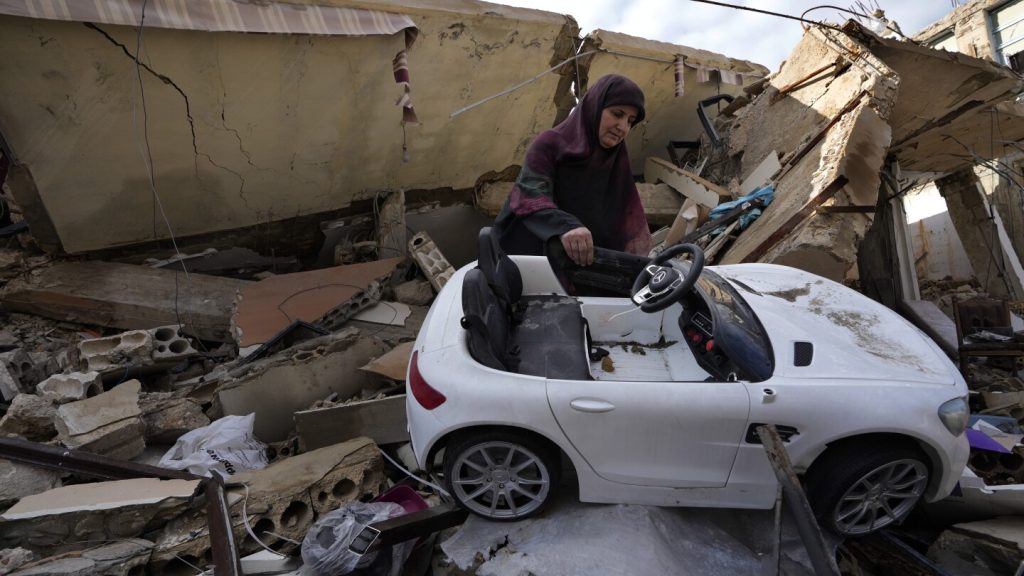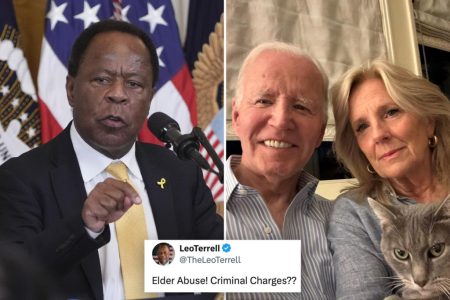A fragile ceasefire between Israel and Hezbollah has been holding for over a month, with both parties accusing each other of ceasefire violations. The agreement, struck on Nov. 27, required Hezbollah to immediately lay down its arms in southern Lebanon and gave Israel 60 days to withdraw its forces. However, Israel has only withdrawn from two towns, and continued to strike what it claims are Hezbollah bases. Despite these issues, analysts believe the truce is likely to hold, providing relief to displaced families on both sides.
The ceasefire agreement is said to be open to interpretation, which may contribute to its chances of success amidst changing circumstances. With the recent ouster of Syria’s Bashar Assad, Hezbollah lost a vital route for smuggling weapons from Iran, further weakening the militant group. The ceasefire was brokered by the U.S. after Hezbollah began firing rockets into Israel on Oct. 8, 2024, leading to a deadly conflict. Thousands of lives have been lost in Lebanon and Israel as a result of the war, displacing many families.
The terms of the ceasefire require both Hezbollah and Israel to halt offensive military actions, with provisions for self-defense. The Lebanese army is tasked with preventing militant attacks on Israel and dismantling Hezbollah facilities and weapons in southern Lebanon. The implementation of the agreement is being overseen by several parties including the United States, France, Israel, Lebanon, and the U.N. peacekeeping force. The key question remains regarding which version of the deal will be implemented.
While Hezbollah has largely halted rocket attacks on Israel, Israel has continued airstrikes in some areas of Lebanon. Israeli forces have withdrawn from only two towns in southern Lebanon, leaving many displaced Lebanese still waiting to return to their homes. Both sides have accused each other of violating the ceasefire, hindering the progress of implementing the agreement. The situation remains tense as Lebanon awaits Israel’s complete withdrawal from its towns.
As the 60-day deadline approaches, Israel’s withdrawal from Lebanese towns has been slower than anticipated, with challenges in handing over control to the Lebanese army. Hezbollah has threatened to resume fighting if Israeli forces do not completely withdraw, raising concerns about the stability of the ceasefire. Despite major setbacks during the war, including losses of leadership and weaponry, Hezbollah maintains an interest in upholding the agreement. However, the possibility of guerilla attacks or sporadic airstrikes remains if the terms are not met.
The ceasefire’s future relies on the willingness of both parties to uphold their commitments and ensure a peaceful resolution to the conflict. With tensions still high and accusations of violations on both sides, the next steps in the implementation of the agreement will be crucial in determining the long-term prospects for peace in the region. For now, the ceasefire remains a fragile but hopeful step towards ending hostilities between Israel and Hezbollah.















